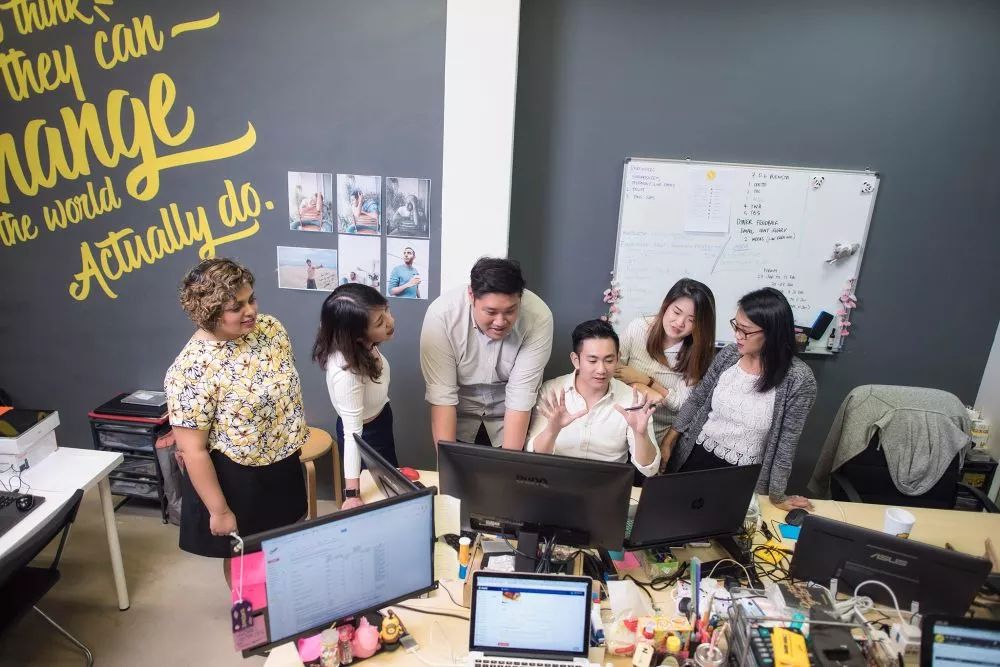
In Singapore, the obligation to contribute to social security is essential for all employees, affecting both individual welfare and corporate compliance. This article offers a comprehensive overview of Singapore’s social security system, aimed at enhancing your understanding of local provisions.
Singapore Social Security Overview
The Central Provident Fund (CPF), employer insurance, and medical insurance constitute the main components of Singapore’s social security.
Central Provident Fund (CPF)
The CPF stands as Singapore’s primary social security mechanism, covering retirement, medical needs, housing, maternity, children and women’s welfare, disability, and charity. It is divided into three accounts: Ordinary, Special, and Medisave.
The Ordinary Account supports post-retirement needs. As of July 1, 2023, the contribution rates were:
1% – 3%: Employer contribution
7% – 10%: Employee contribution
The Special Account is for housing purchases or major medical expenses. Prior to July 1, 2023, the contribution rate was 5% from both employer and employee.
The Medisave Account is designated for routine medical expenses, with a 6% contribution rate from both parties before July 1, 2023.
Employer Insurance
Beyond CPF, employers must also provide insurance for their employees as mandated by the Insurance Act, covering work-related injuries, unemployment, and retirement.
Work Injury Insurance covers medical expenses and compensation for work-related injuries, with the contribution rate varying by industry risk, fully borne by the employer.
Unemployment Insurance provides relief during periods of unemployment, with rates dependent on the industry and employee income, also employer-funded.
Retirement Insurance requires employers to contribute towards their employees’ retirement, with the employer responsible for payment.
Medical Insurance
Employees must also secure medical insurance under the Insurance Act, covering medical expenses due to illness or accidents. Typically, the contribution rates are:
5%: Employer’s contribution
2% – 4%: Employee’s contribution
These figures are indicative and subject to policy changes. Consult Singapore’s Ministry of Manpower or professionals for current, accurate information.
Singapore Social Security Laws and Regulations
Singapore’s social security is governed by laws like the CPF Act and the Insurance Act, essential knowledge for HR professionals to ensure compliance. These laws dictate CPF contribution rates and bases, mandating contributions to the Ordinary, Special, and Medisave accounts.
The Insurance Act outlines employer obligations for retirement, unemployment, and medical insurance, with specific rates varying by policy.
Other laws, such as the Employment Act and the Retirement and Re-employment Act, also play a role in regulating social security and employee benefits.
Ensuring Corporate Compliance
For HR professionals, adhering to social security regulations is paramount. Recommendations include regular training, compliance reviews, policy development and enforcement, employee communication, collaboration with relevant authorities, record-keeping, and compliance audits.
Social Security Contribution Process
Determine each employee’s coverage and contribution rates based on salary, job type, and chosen social security options.
Calculate contribution amounts per regulations and company policy.
Collect contributions from employees’ salaries and submit them to the relevant authorities.
Provide employees with contribution receipts.
Regularly audit and inspect contributions to ensure compliance.
Social Security Contribution Considerations
Adherence to laws, transparency, employee welfare, timely contributions, and diligent record-keeping are crucial for avoiding legal repercussions and ensuring employee benefits.
Common Questions and Answers
The CPF primarily benefits Singaporean citizens and permanent residents, with limited access for certain foreigners. Employers can choose different social security and insurance plans for employees, negotiating to meet individual needs. Post-employment, employees receive a severance package including CPF contributions, which can be continued or withdrawn. Singapore’s robust legal framework and regulatory bodies safeguard employee rights and ensure social security fund integrity.
Understanding and complying with Singapore’s comprehensive social security system protects both corporate and employee interests. Continuous learning and adaptation to changing regulations are essential for HR departments to manage social security effectively, safeguarding everyone’s rights and benefits.